(Périgueux 1918 – Razac sur l'Isle 2005)
The Ruth hamlet in Peyzac
Oil on hardboard
H. 46 cm; W. 55 cm
Signed lower left
Provenance: Private collection, Périgueux
Born in Périgueux at the end of the Great War, Ribeyrol grew up on the family lands of Razac sur l'Isle which he left for his profession as a railway worker. During his youth he learned the basics of the Arts on the benches of the Ecole de Dessin alongside Pierre-Robert Lucas, future Prix de Rome in 1937, and Jean Cluseau-Lanauve. These lovers of Périgord learned under the guidance of two well-known artists: Robert Dessales-Quentin and Julien Saraben. Ribeyrol initially worked in Grenoble, where he took part in numerous local exhibitions in the entourage of the city's Fine Arts Society. His passion for drawing and painting forced him to practice almost daily within this circle in order to develop his art with greater rigor. He won prizes in Grenoble and Lyon, a city he returned to in 1968 and where he did not fail to join the Fine Arts Society... During all these years of expatriation, Jean-Daniel Ribeyrol created constantly, mainly landscapes of neighboring Provence, but of course the foothills of the Alps or Auvergne. A few still lifes punctuate the landscapes partitioned with colors that he liked to exhibit. In 1974, the painter retired and was able to devote himself full time to his passion in front of the landscapes of Périgord. Shortly after, he created within the Société des Beaux-Arts du Périgord, "l'Atelier" which still exists today, being a place of meeting and weekly practice. From 1986 to 1990 he chaired the Society which he very seriously expanded. In 1988, a major exhibition of his work was organized in Périgueux, and another in 2015 in Razac sur l'Isle.
During his years of retirement in Périgord, Ribeyrol ventured very regularly to the edges of the Vézère between Saint Léon and Les Eyzies, more particularly to the communes of Peyzac Le Moustier and Plazac. Our work concerns the hamlet of Ruth, whose name is given to a famous prehistoric site, a stone's throw from the village of Moustier. This place must have spoken to the painter since this is the third work representing the hamlet that passes through our hands. As usual, the composition is structured by placing the light in the center, here materialized by the porch that frames the light source, and the darker edges of the work. The sky remains full of sun in order to preserve the depth that this landscape deserves.














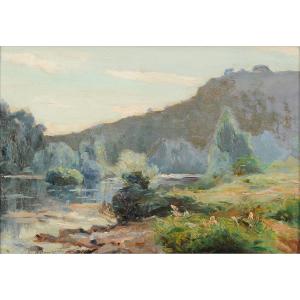

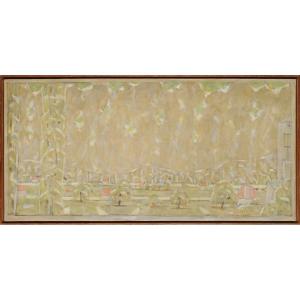
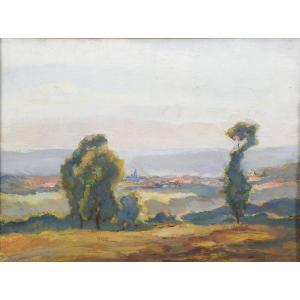

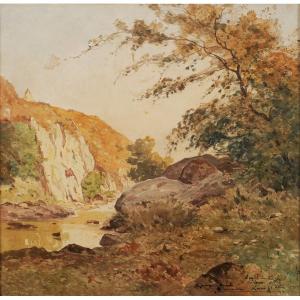
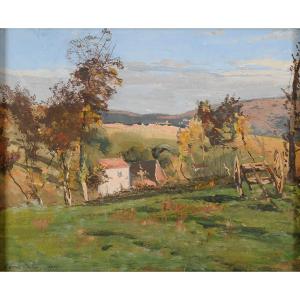


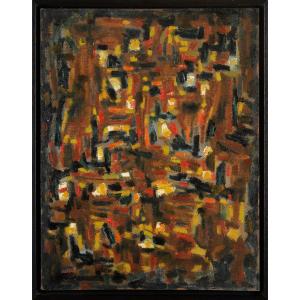
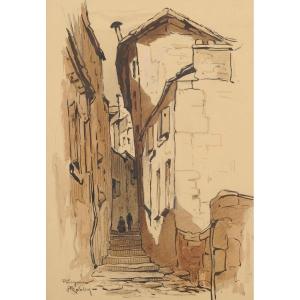

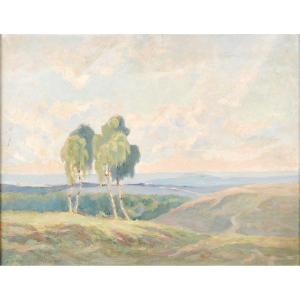



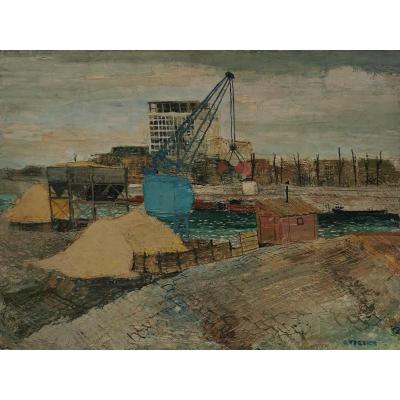





 Le Magazine de PROANTIC
Le Magazine de PROANTIC TRÉSORS Magazine
TRÉSORS Magazine Rivista Artiquariato
Rivista Artiquariato